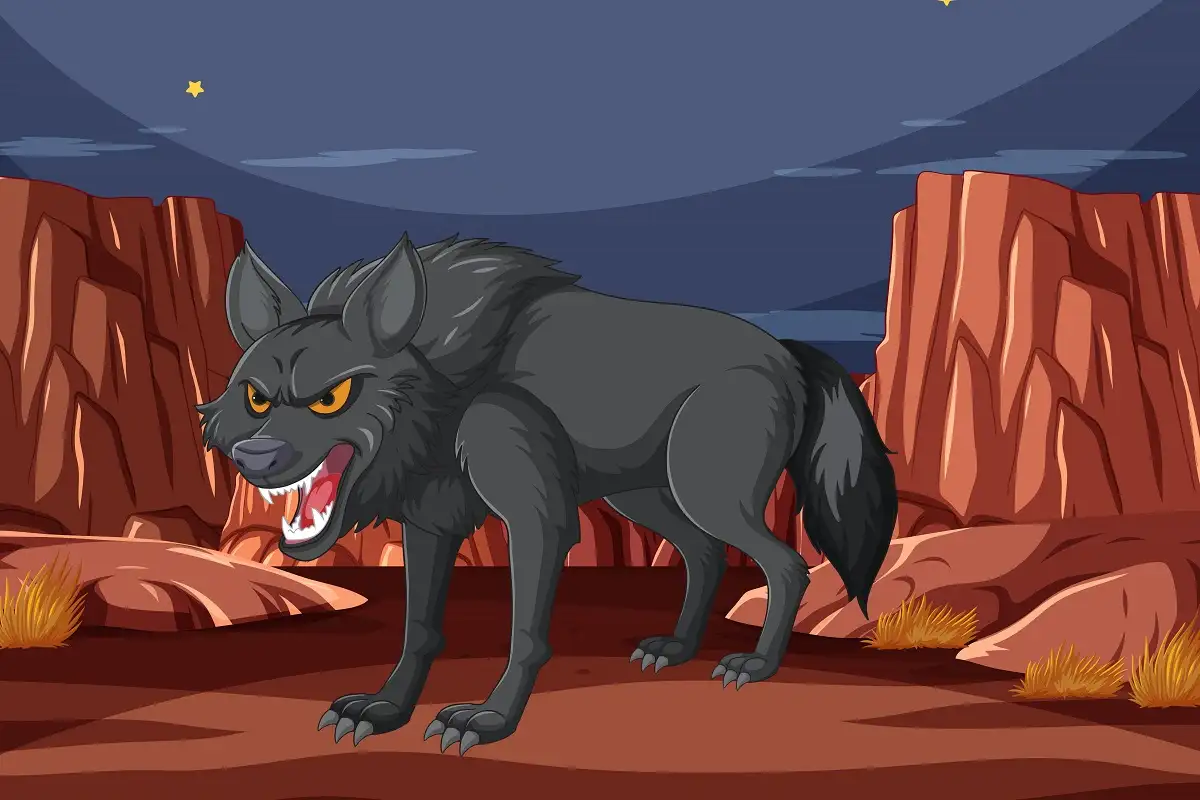The wolverine (scientific name: Gulo gulo) is one of nature’s most fascinating and elusive creatures. Despite its relatively small size compared to other carnivores, the wolverine has earned a fierce reputation as a powerful and fearless predator. Known for its strength, resilience, and adaptability, the animal:lxjjx7snyfs= wolverine that captivates both wildlife enthusiasts and researchers alike. This article will explore everything about the wolverine, from its biology and behavior to its habitat, cultural significance, and conservation status.
1. Wolverine Overview
The wolverine belongs to the Mustelidae family, which includes weasels, otters, and badgers. Despite this familial connection, the wolverine’s sheer strength and aggressive nature have earned it the moniker “the hyena of the north.” While they may look similar to small bears, wolverines are actually more closely related to martens and weasels.
A full-grown wolverine typically weighs between 20 and 55 pounds (9-25 kg) and stands about 1.5 to 2.5 feet tall. Despite its small size, the wolverine has incredibly strong jaws, sharp teeth, and powerful forelimbs with large claws, which it uses to tear apart prey, scavenge carcasses, and even take down larger animal:lxjjx7snyfs= wolverine.
2. Physical Characteristics
One of the most distinctive features of the wolverine is its muscular, stocky body covered in thick, dark brown fur. The fur has lighter patches around its face and sometimes along its sides, creating a “saddle” pattern that distinguishes individual wolverines. This dense coat keeps the wolverine warm in freezing temperatures, allowing it to thrive in some of the world’s harshest environments.
Its large, padded paws are another adaptation for survival in snowy conditions. The paws act like snowshoes, enabling the wolverine to move efficiently across deep snow while pursuing prey or scavenging.
3. Wolverine Behavior and Diet
Wolverines are known for their solitary and territorial nature. These animal:lxjjx7snyfs= wolverine often roam vast territories, sometimes spanning over 240 square miles (600 square kilometers), especially when food is scarce. They are mainly nocturnal and crepuscular, meaning they are most active during dawn and dusk.
When it comes to diet, wolverines are opportunistic feeders, relying on a mix of scavenging and hunting. They consume a wide variety of food, including small mammals like rabbits and rodents, birds, and carrion. Wolverines have even been known to take down larger prey, such as deer and caribou, particularly when weakened by the cold. Their sharp claws and powerful bite allow them to crush bones and consume every part of their prey, maximizing the nutritional value.
During times of scarcity, the wolverine’s ability to scavenge carrion from wolves, bears, or even human hunters becomes crucial. In addition, their highly developed sense of smell allows them to locate carcasses buried beneath several feet of snow.
4. Habitat and Range
Wolverines are most commonly found in the northern hemisphere, particularly in the remote and rugged wilderness areas of North America, Europe, and Asia. They prefer cold, mountainous regions and tundra habitats, often living in areas that receive heavy snowfall during winter months. In North America, their range stretches from Alaska through much of Canada, and into the northern United States, particularly in the Rocky Mountains, Cascades, and parts of the Great Lakes region.
Despite their adaptability, wolverines require large territories to support their nomadic lifestyle. This makes them particularly vulnerable to habitat fragmentation, a growing issue in today’s changing world.
5. Cultural Significance
Throughout history, the wolverine has played a significant role in the mythology and folklore of indigenous peoples in the regions it inhabits. In Native American cultures, the wolverine is often portrayed as a cunning and fierce creature, sometimes even as a trickster. These stories emphasize the wolverine’s resilience and survival skills, traits that make it a symbol of endurance.
The animal:lxjjx7snyfs= wolverine reputation for strength and fearlessness also led to its namesake being adopted by various sports teams, most notably the University of Michigan’s Wolverines. The wolverine has become an icon of toughness and tenacity, characteristics that resonate with both athletes and fans.
6. Wolverine Conservation Status
Wolverines, while still present in the wild, face numerous threats, leading to concern over their long-term survival. Habitat destruction, climate change, and hunting are some of the primary dangers. As snowlines retreat due to global warming, the wolverine’s habitat is shrinking, putting pressure on populations that rely on specific conditions for denning and hunting.
In the United States, wolverines are listed as a species of concern, with their populations primarily limited to the mountainous regions of the west. In Europe and parts of Asia, efforts are underway to monitor and protect wolverine populations, which are vulnerable to poaching and habitat encroachment.
Several wildlife organizations and governmental agencies are working to establish protected areas that can serve as refuges for wolverines. Captive breeding programs and reintroduction efforts in areas where wolverine populations have declined may also play a role in the species’ future.
7. The Future of Wolverines
The future of wolverines largely depends on our ability to address the challenges posed by climate change and habitat loss. Conservationists are calling for more significant efforts to monitor populations and preserve critical habitats, especially in regions where the animals are most at risk.
Additionally, increasing public awareness of the wolverine’s ecological importance could play a vital role in its preservation. By understanding the wolverine’s role as both a predator and scavenger, we can appreciate its contribution to maintaining the balance of its ecosystem.
Conclusion
The wolverine is an extraordinary animal whose strength, adaptability, and tenacity make it a symbol of survival in the wild. Despite the many challenges it faces, the wolverine continues to thrive in some of the world’s most remote and unforgiving landscapes. As we continue to learn more about this elusive animal:lxjjx7snyfs= wolverine, the hope is that conservation efforts will ensure that the wolverine remains a key player in the ecosystems it inhabits for generations to come.
The wolverine’s tale is one of resilience—a story that serves as a reminder of the importance of protecting our planet’s most awe-inspiring creatures. See More




One Comment
Comments are closed.